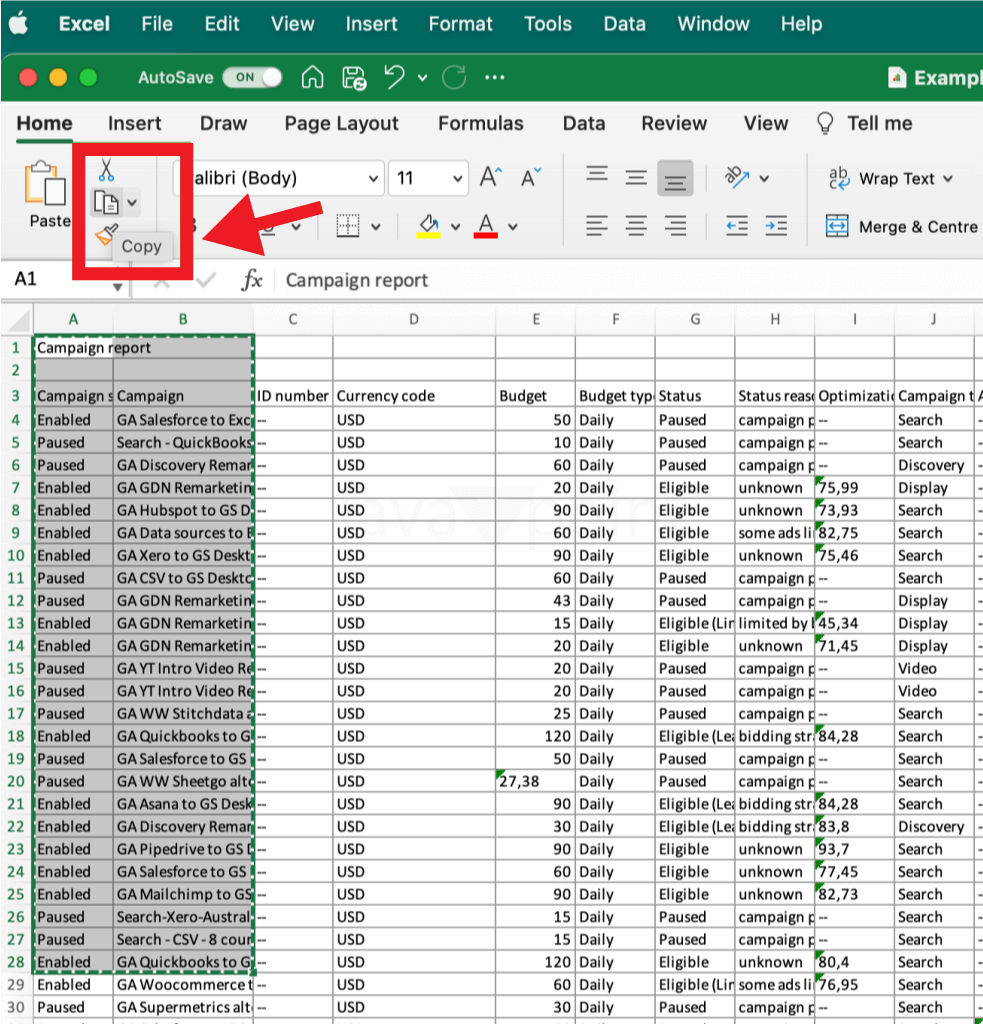Data ExcelWhat is Data Excel?Microsoft Excel is a robust spreadsheet programme that is now a necessary tool for handling data for both people and businesses. Excel's fundamental structure revolves around cells, each identified by a unique combination of a column letter and a row number. Excel accommodates various data types, including numbers, text, dates, and more. Data entry in Excel is a simple process. One of Excel's most powerful features is its ability to perform 'calculations' using formulas and functions. Excel offers robust sorting and filtering capabilities, allowing users to organize data efficiently. Data visualization is a crucial component of Excel's functioning. Excel facilitates the import and export of data from and to various sources. For users seeking more advanced data analysis, Excel integrates with Power Query and Power Pivot. Excel facilitates the creation of data tables for conducting what-if analysis, a crucial tool for scenario planning and decision-making. An effective tool for optimisation and the solution of intricate mathematical models is Excel's Solver add-in. Excel offers data consolidation tools that enable users to combine data from multiple sources or worksheets into a single, organized view. For analysis to be effective, data consistency and correctness must be guaranteed. Excel's conditional formatting feature lets users visually draw attention to and emphasize particular data elements based on pre-established criteria. Excel enables users to automate repetitive tasks using macros. Excel supports various add-ins that extend its analytical capabilities. Excel offers advanced data visualization capabilities beyond traditional charts and graphs. Power BI, a business analytics application that lets users see and share insights across an organization, interfaces with Microsoft Excel with ease. Excel has introduced dynamic arrays, a powerful feature that simplifies complex calculations and data manipulations. For users working extensively with Power Pivot, Excel incorporates Data Analysis Expressions. Excel's data modeling capabilities have evolved, allowing users to create more robust relationships between tables in the data model. In the era of mobile computing, Excel extends its reach through mobile applications for iOS and Android devices. Excel has incorporated accessibility features to ensure that individuals with disabilities can effectively use the software data. Excel includes built-in forecasting tools that allow users to predict future values based on historical data. 
Uses of Data ExcelThe various uses of the Data Excel are as follows: Much Versatile:
Sorting capabilities and Data Analysis:
Data interpolation
Data analysis in ExcelMicrosoft Excel is a powerhouse for data analysis, providing a robust set of tools and functions that empower users to glean meaningful insights from raw data. Before delving into analysis, it's crucial to understand the dataset. Sorting and filtering are fundamental for organizing and exploring data. Visual representation enhances data interpretation. Data validation rules ensure the accuracy and consistency of entered data. Using named ranges enhances clarity and ease of analysis. Excel facilitates supply chain and logistics optimization through tools like Solver. Excel's strength lies in its ability to perform basic calculations through formulas. Excel can be used for basic text mining and sentiment analysis. Excel is valuable for analyzing customer data in CRM applications. Monte Carlo analysis simulates numerous scenarios in order to determine how uncertainty and variability affect outcomes. Educational institutions utilize Excel for analyzing student performance and their grades. Excel can be integrated with predictive analytics tools and machine learning models. It aids in analyzing energy consumption data and assessing sustainability initiatives. Real estate professionals also use Excel to analyze property values. It is one of the vital tools for conducting 'A/B testing' and analyzing the effectiveness of marketing campaigns. Therefore, Excel's adaptability and user-friendly interface make it a versatile tool for 'data analysis' across a multitude of industries and applications.
Next TopicExcel Editor
|
 For Videos Join Our Youtube Channel: Join Now
For Videos Join Our Youtube Channel: Join Now
Feedback
- Send your Feedback to [email protected]
Help Others, Please Share









